Framing Flavour: Art and Photography at Food Indaba
Now in its tenth year, Food Indaba has been exploring our complex food system in unconventional, educational and fun ways. This year Food Indaba is taking place from Monday 22 July to Sunday 4 August with various events at venues across Cape Town, including the V&A Waterfront precinct, Mowbray, Langa, Philippi and Stellenbosch.
The first of two Art Café High Tea events at the 16 on Lerotholi Gallery features artist and culinary curator Parusha Naidoo. As the descendant of Indian indentured slaves who laboured on sugarcane plantations in Natal, and the grandchild and child of anti-apartheid activists, Naidoo will share stories and readings of food, power and belonging over a thali of South African breads, spreads, chutneys, pickles and cakes served with masala teas. This event takes place on Saturday 27 July from 14h00 to 16h00.
The second Art Café High Tea event at the 16 on Lerotholi Gallery features Tapiwa Guzha. ‘Svutusove’ is a five-course drink and ice cream (and sorbet) conversation, highlighting foraged fynbos and continental plants while introspecting on the displacement of native plant life from both domestic and agricultural space. ‘Svutosove’ is a chance to reignite the practice of homemade, healthier alternatives to the ultra-processed commercial standards. This event takes place on Saturday 3 August from 14h00 to 16h00.
Each of the Art Café High Tea participating artists is contributing works toward a group exhibition which will run for the duration of Food Indaba at 16 on Lerotholi Art Gallery in Langa.
Snap and Savour: Photography Food Scene
The V&A Waterfront’s Luxury Lane will host the photography exhibition of recipes and meals cooked and enjoyed in African homes, featuring a series of 12 works by winners of the ICLEI Africa African photography competition from last year’s entries. The art exhibition will run for the duration of Food Indaba from 22 July to 3 August 2024.
In addition, the #AfricanCITYFOODMonth campaign, in collaboration with AfriFOODlinks, runs in conjunction with Food Indaba and invites photographers across the continent to highlight an unsung hero or champion in their city’s food system. This could be a grandparent keeping a traditional food culture alive, a researcher uncovering food system dynamics, a food vendor at the market, a small business selling vegetables in your neighbourhood or even an entrepreneur working with food waste – but all with a personality, story or outlook that will inspire. Entries must include a short explanation of the person’s work and what makes them a food systems hero. For more information and to submit your entry visit here.
Food Indaba features a range of events, both ticketed and free. Many are open to the public, while some, which are geared more toward academic and industry audiences, are by invitation only. One of the informative free events for all to attend is the Pan African Webinar hosted by Afrifoodlinks. The online webinar titled Power and Hunger is a significant discussion about the weaponising of hunger. The annual in person conference with the same title, for the first time this year, will be a full day affair and will see the D-School (UCT’s design school) creating a Design-Dash, which is a design thinking problem solving toolkit around the solutions to food issues.
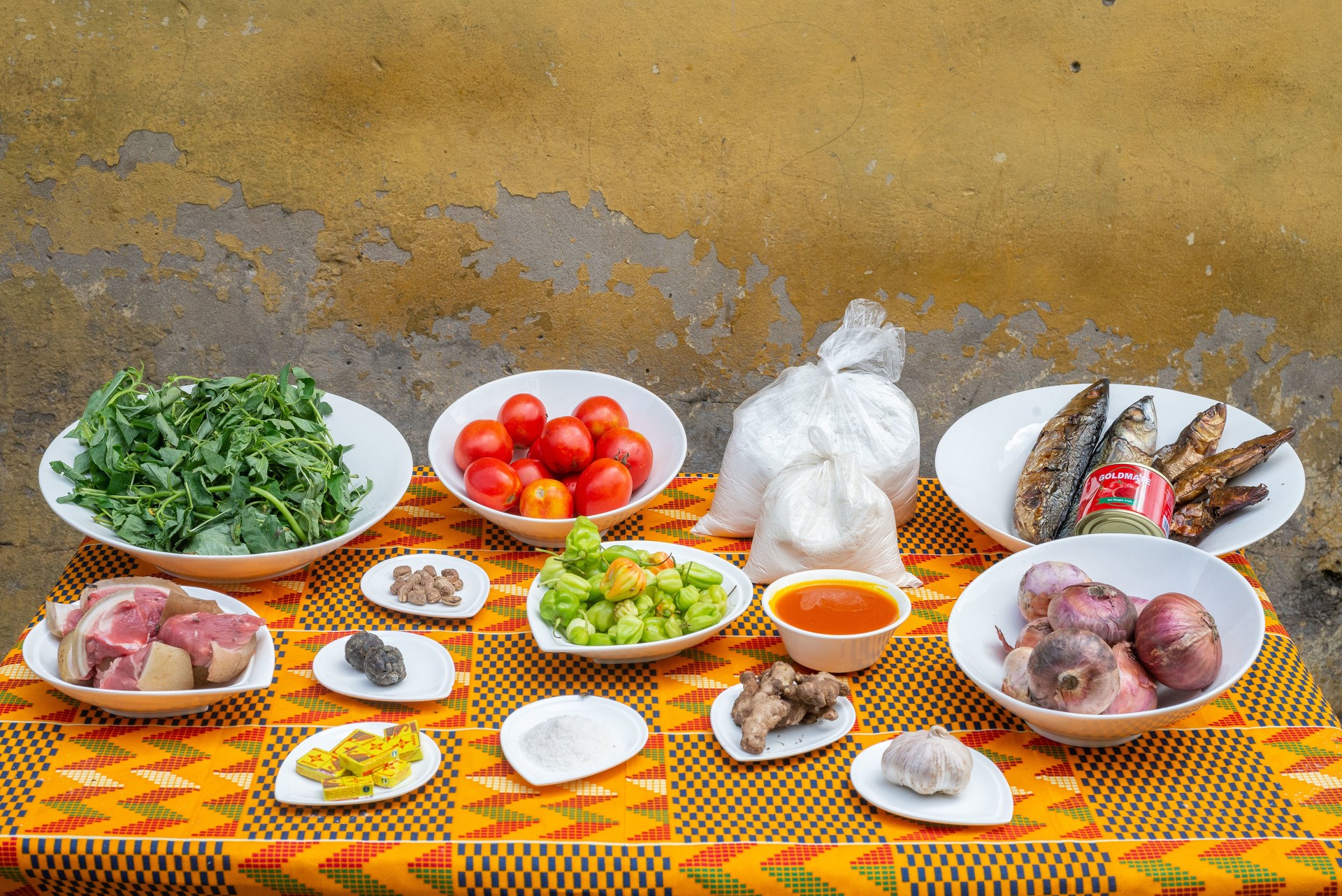
Photography by Steyn Hoogakker

Photography by Steyn Hoogakker
For more information:
Website: foodindaba.org
Facebook: fb.me/foodindaba
Instagram: @food.indaba
Twitter: @foodindaba
LinkedIn: LinkedIn.com/showcase/food-dialogues
Press Release courtesy of TenX Collective
For more news, visit the Connect Everything Collective homepage www.ceconline.co.za

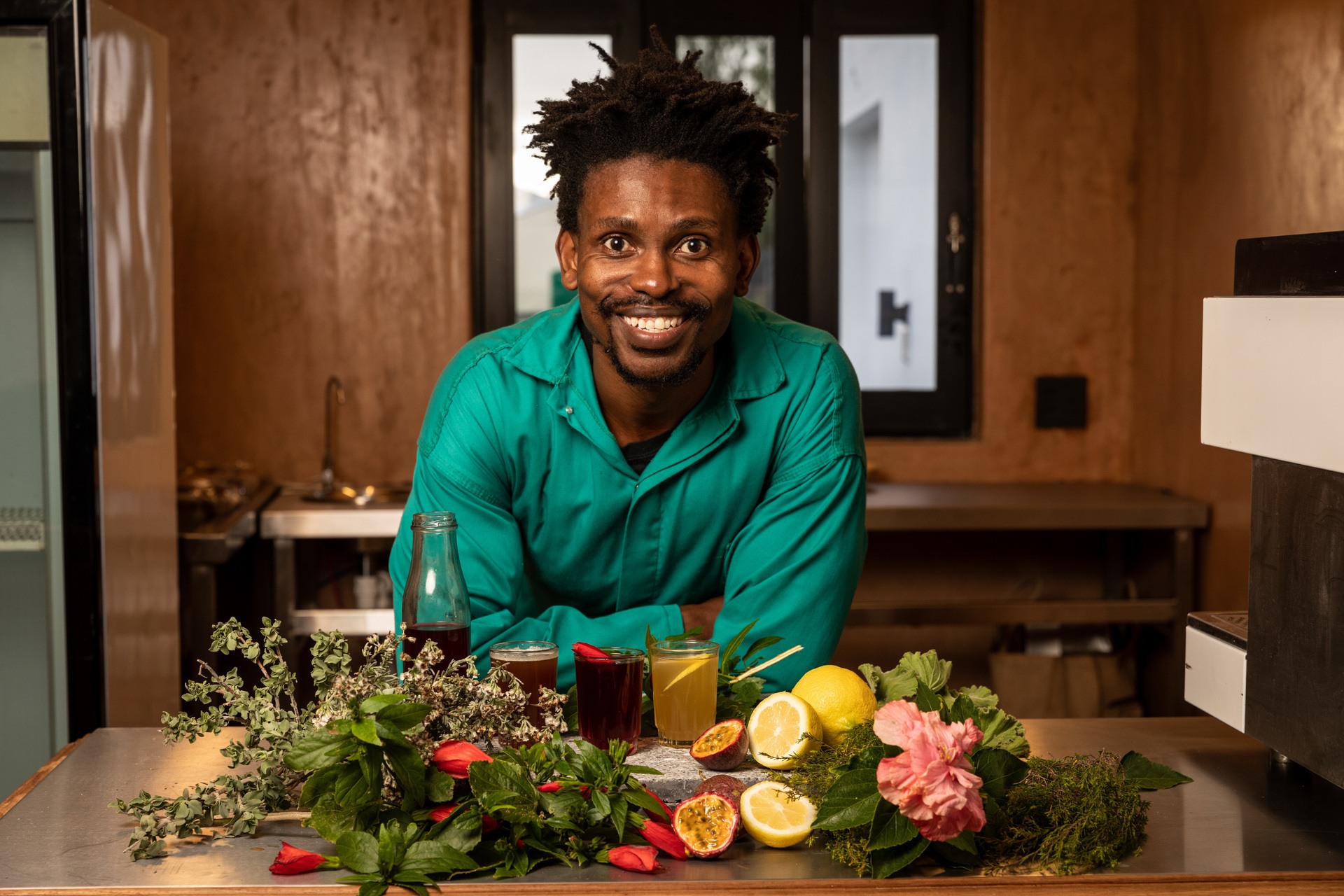
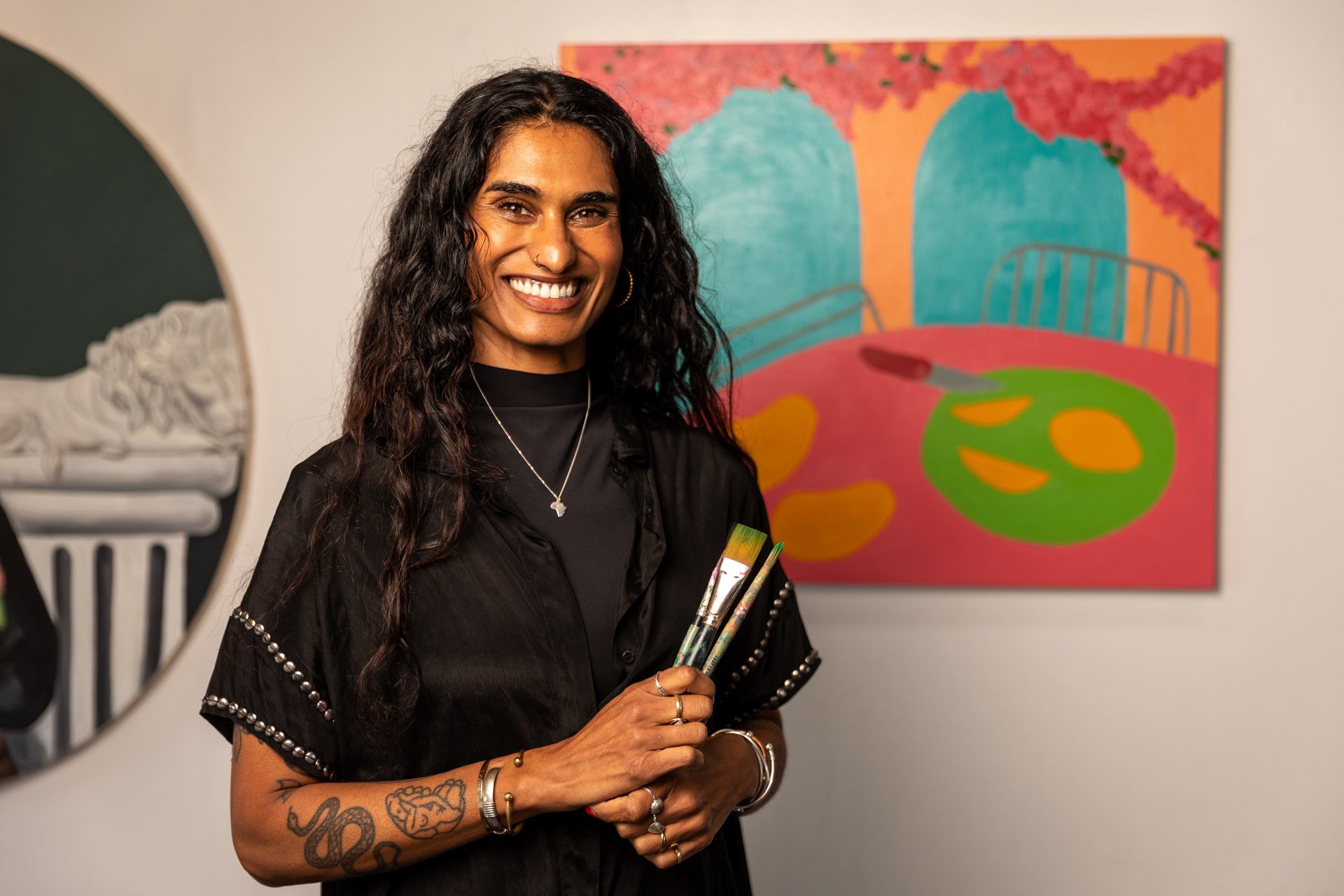


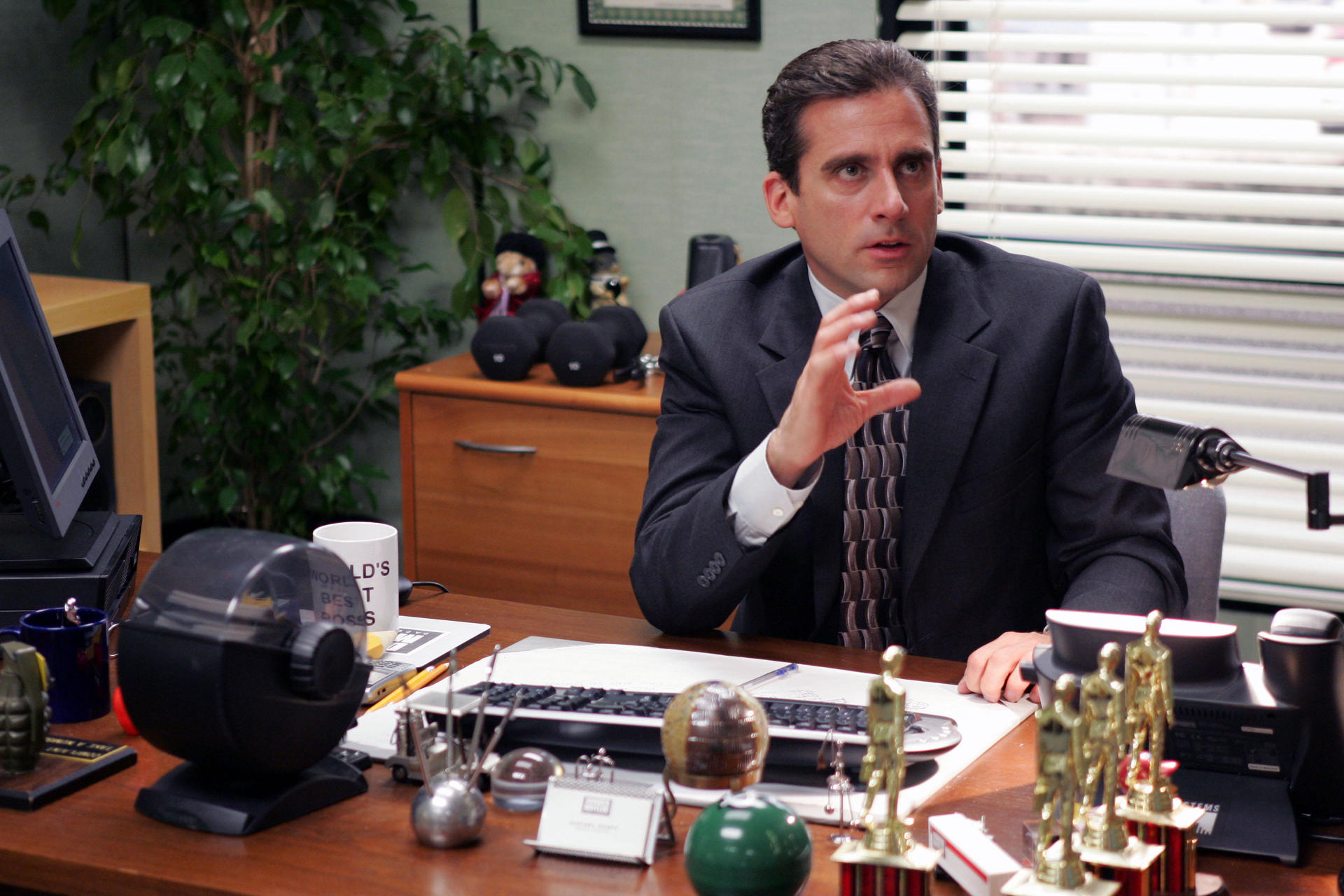
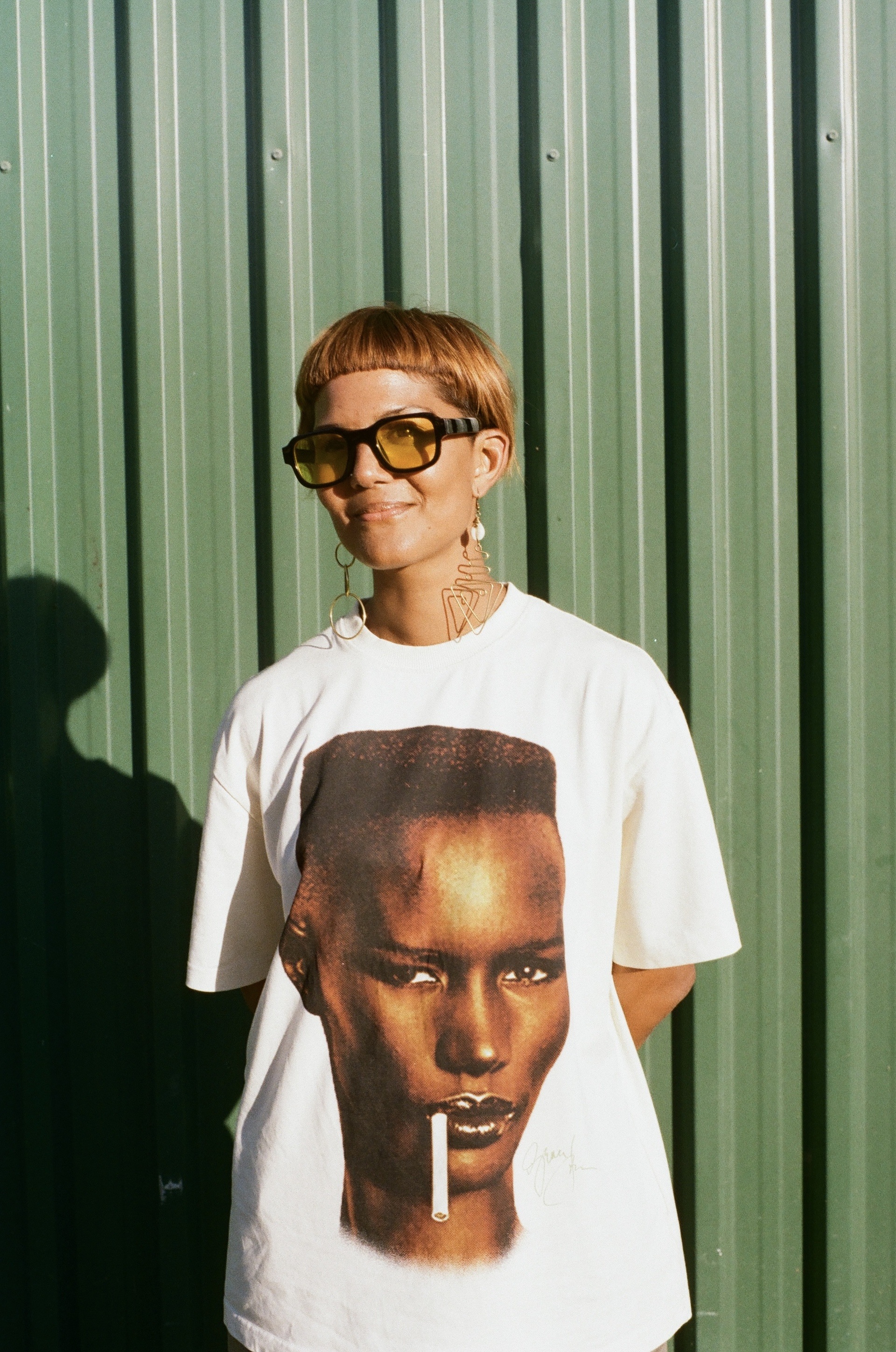
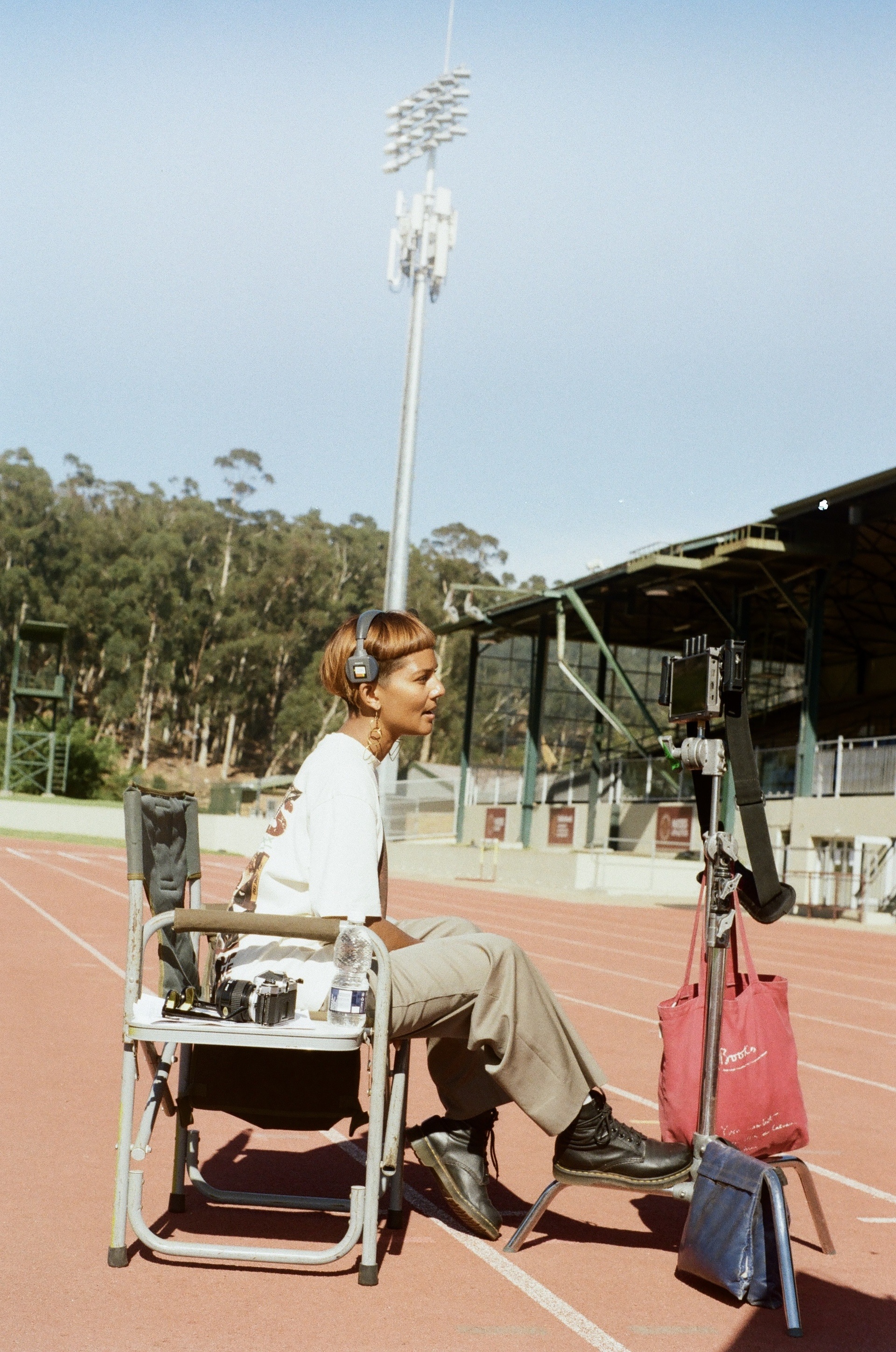

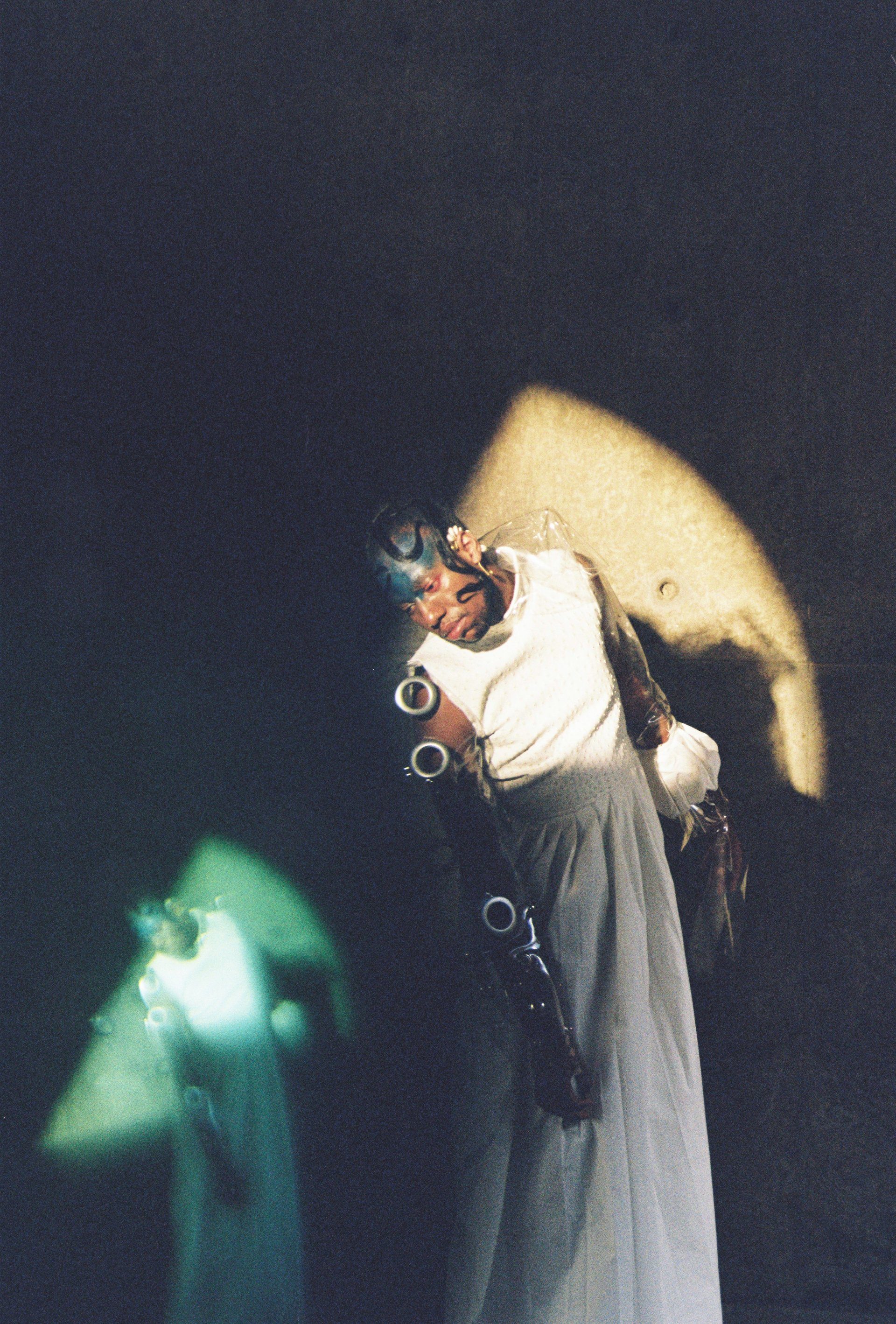
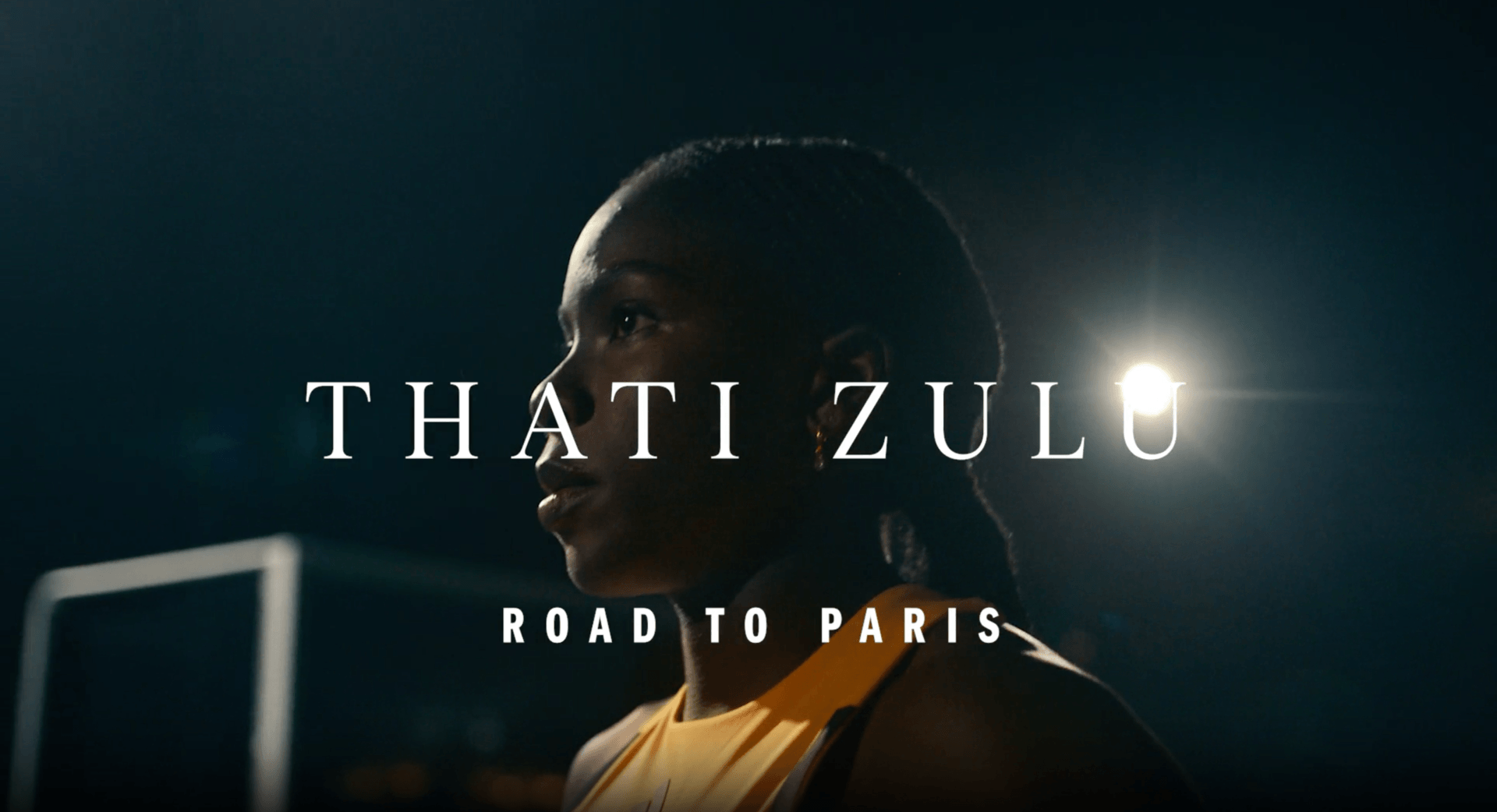
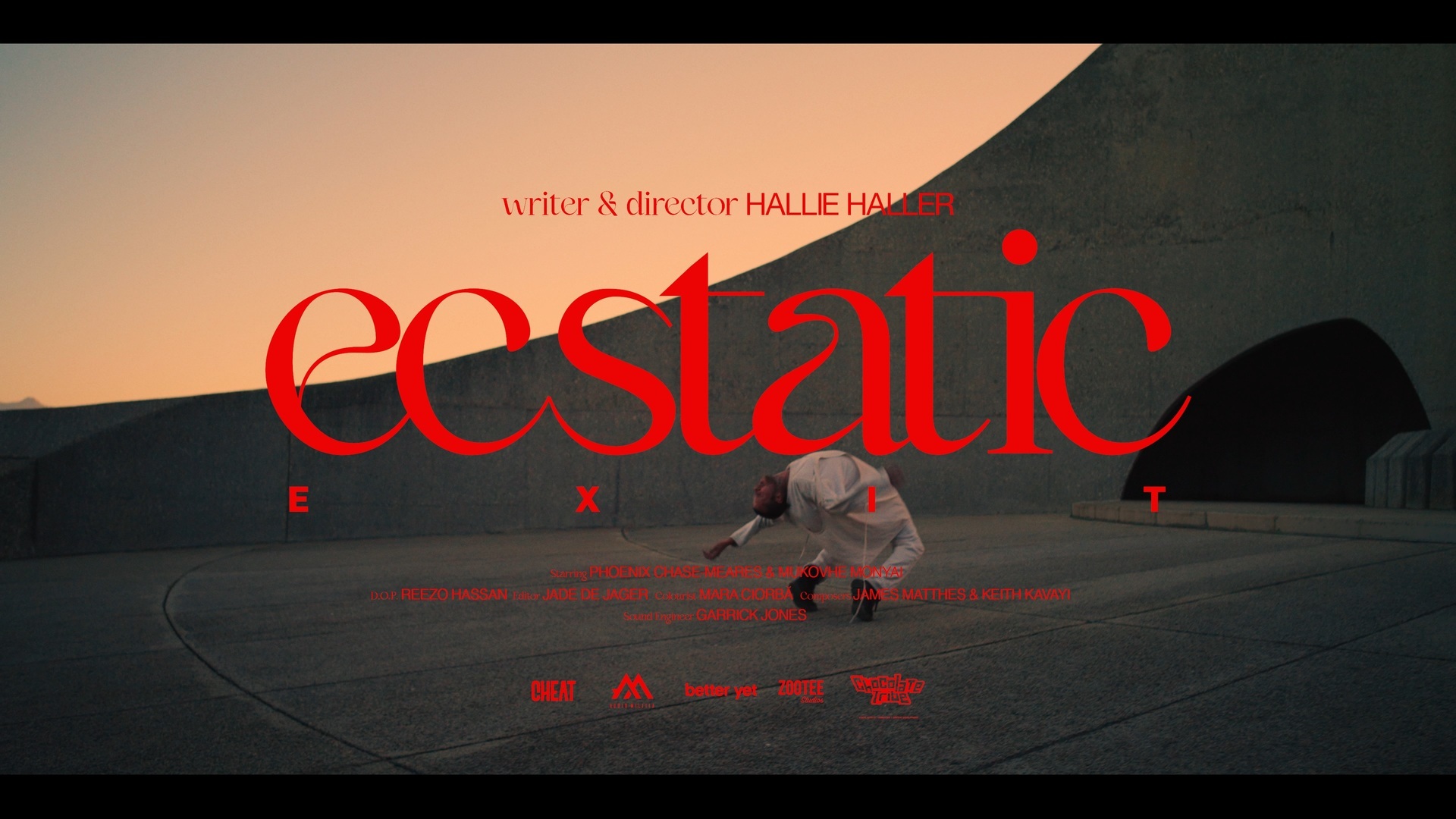


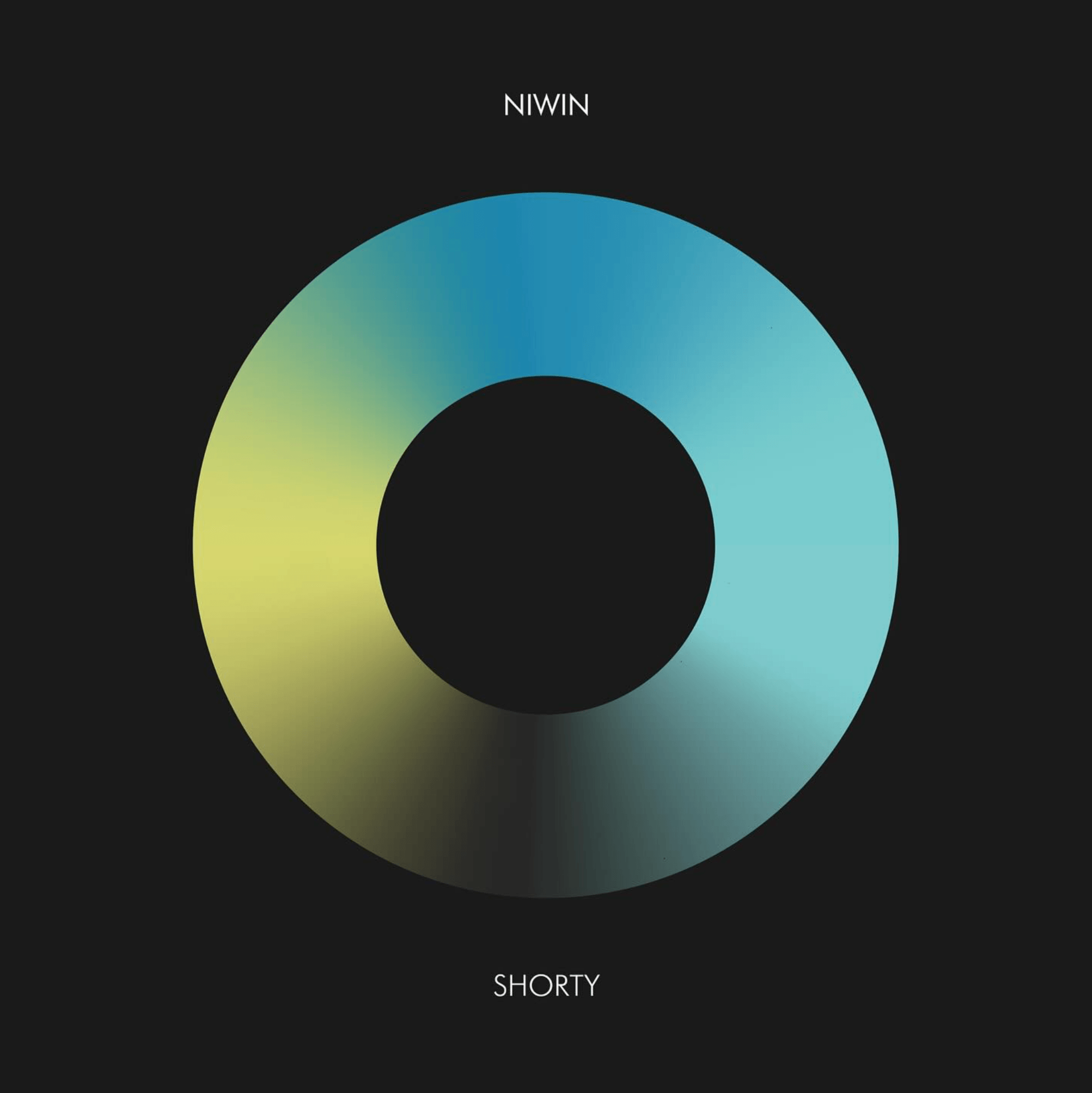
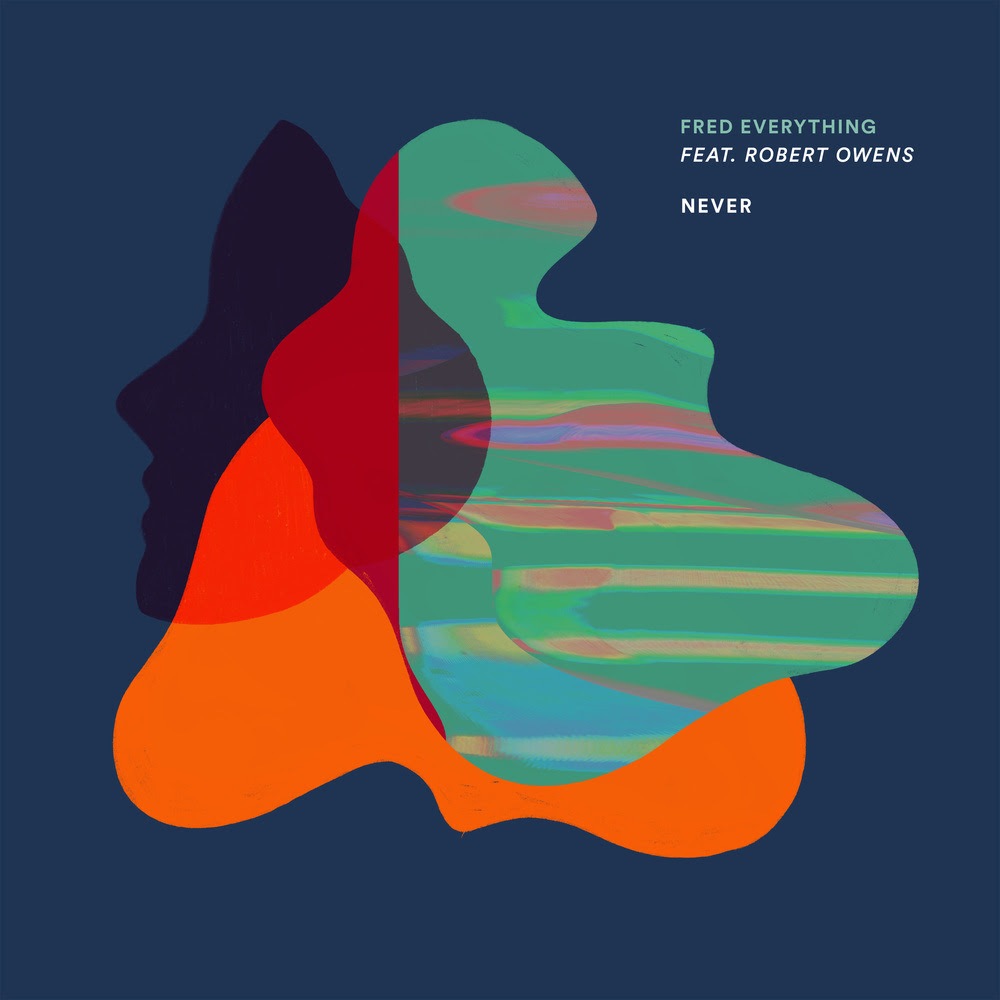


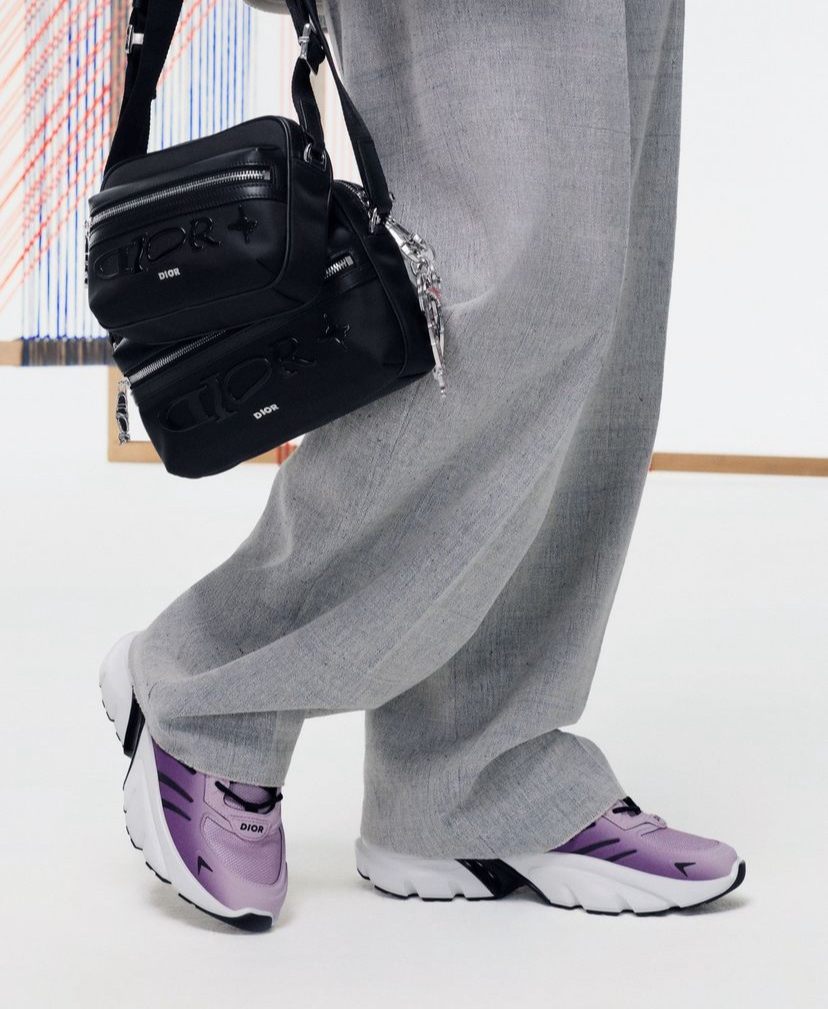

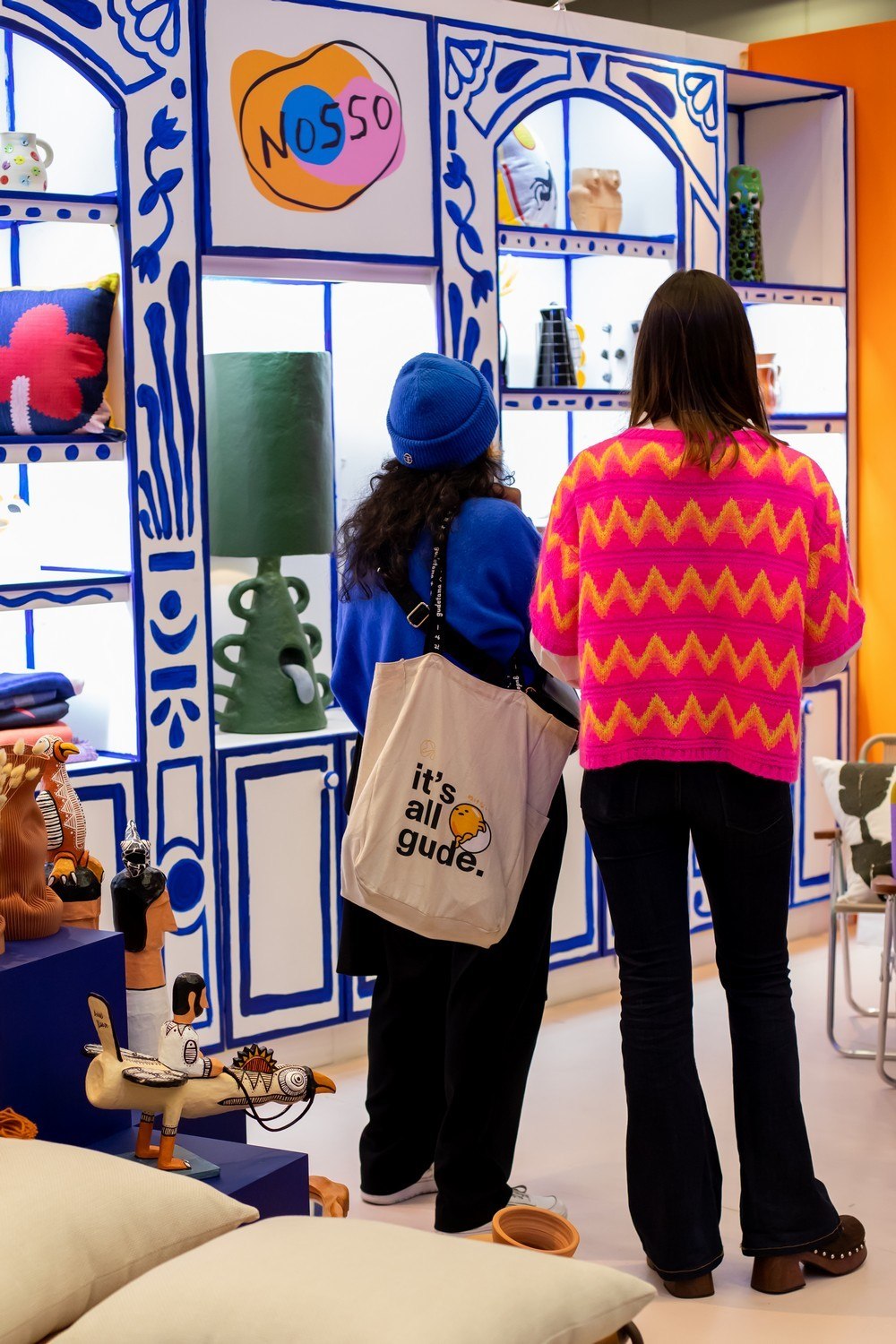



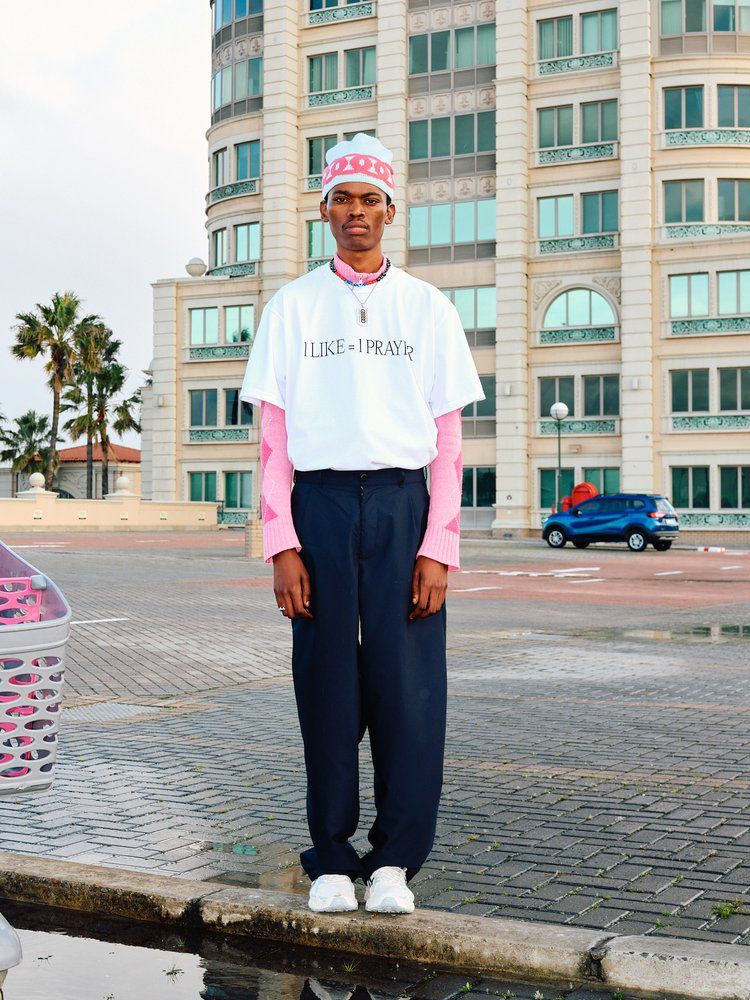
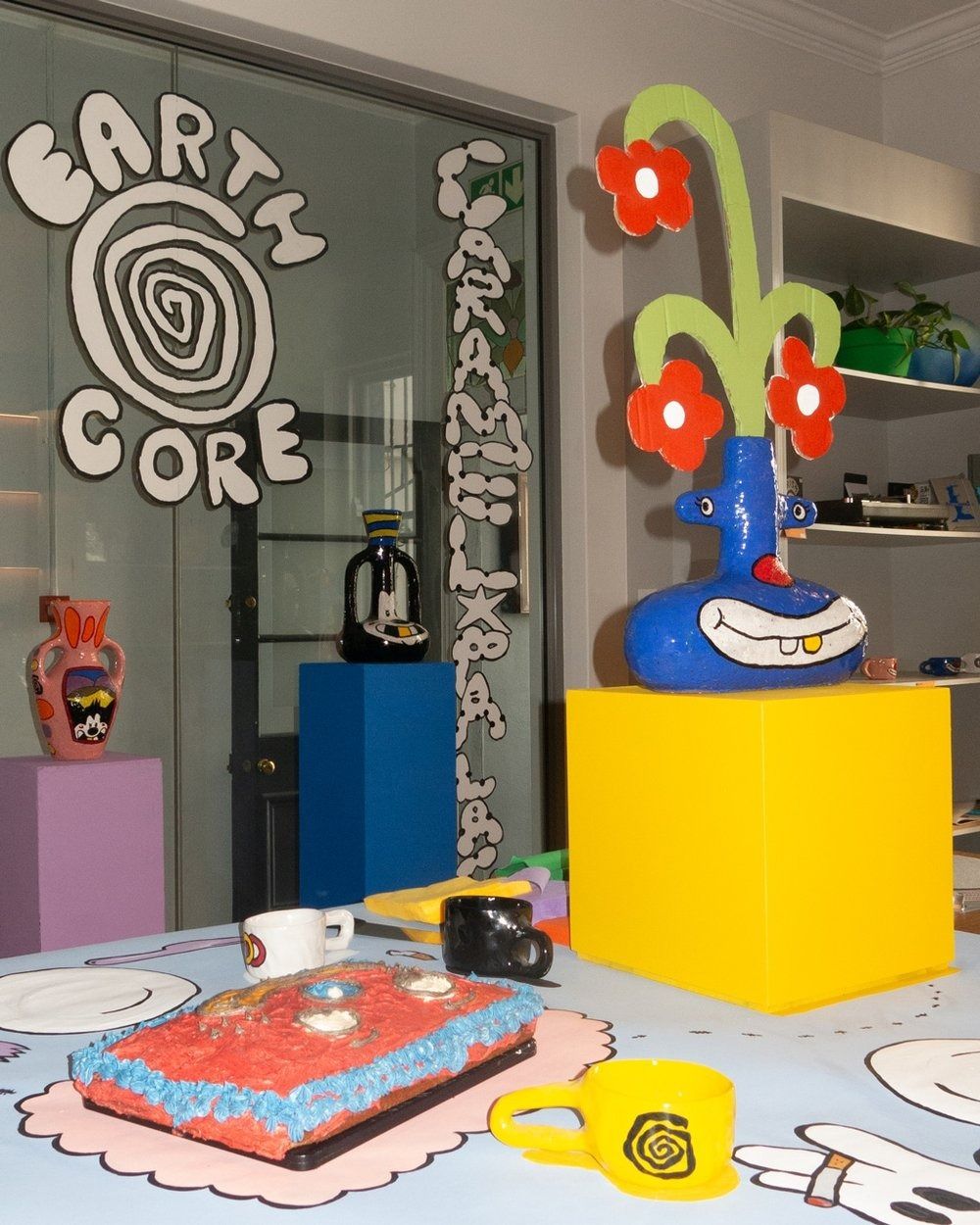

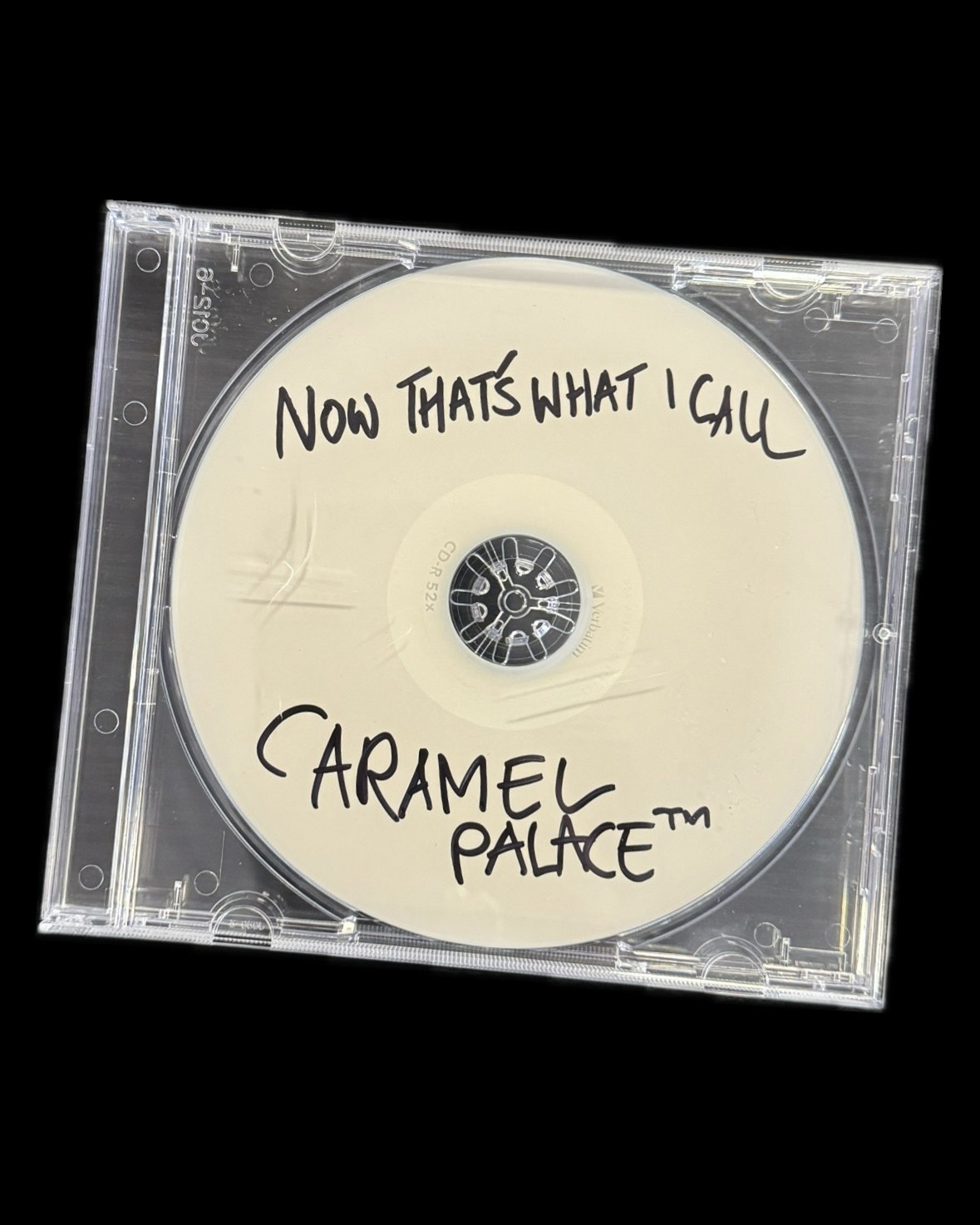
Recent Comments